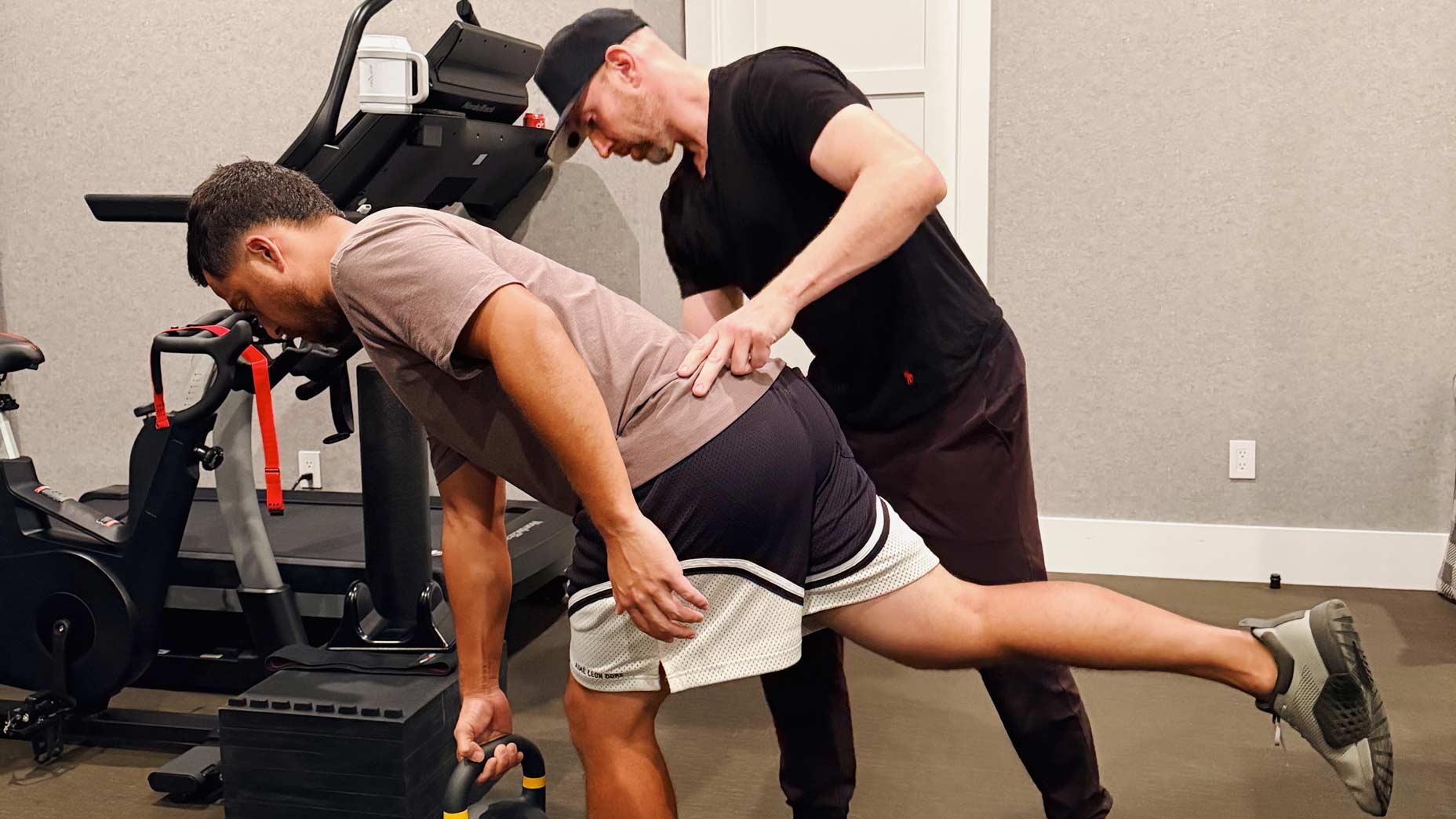Rules Guy: Playing an early-season round in Michigan, I hit a shot into a trap that still had melting snow in it, and my ball landed atop the snow. Is the white stuff considered casual water, permitting me a free drop? Or must I play it as it lies? – Paul Revar, via e-mail
Paul, as this golf season kicks off, I hope this is as close as you come to encountering a “Snowman” on the course. Your situation, like thawing turf, is slippery. Snow can be treated either as casual water (like a puddle) or as a loose impediment (like twigs). It’s your option. Here, you wouldn’t want to go the loose impediment route because you can’t touch or remove said impediments in a bunker. If you treat the snow as casual water, you have two options. Without penalty, you may find the nearest point of relief in the bunker and drop within one club-length of that point—or, if you can’t get complete relief, drop as near as possible to the point that provides maximum available relief (but no closer to the hole in either case). Or open Door No. 2: Take a one-stroke penalty and drop outside the bunker, making sure that the spot where the ball lies stays directly between the hole and the spot on which the ball is dropped. Or, heck—maybe just wait for spring to tee it up.
Hey, Rules Guru: My buddies and I recently played a course in such terrible condition that we agreed to “roll it everywhere.” I counted at least five strokes I saved by improving my lie. Should I adjust my score accordingly before posting, post it as is—or not post at all? – Frank Hanou, Indianapolis, Ind.
Golf rarely involves taking the law into one’s own hands, but you and your dog-track-treading troupe are onto something. According to Section 7-1 of the USGA Handicap System, scores are still acceptable for posting when players have invoked preferred lies—even when the committee itself hasn’t invoked the local rule for lift, clean and place (which, for those keeping score at home, can be found in Appendix 1, Part A, Item 4b). But “roll it everywhere”? Not so fast. “Preferred lies” applies only to areas cut to fairway height or less—and not, say, in the rough (or the rotting cabbage meant to be the rough). Also, you must follow proper protocol, marking your ball before you lift it, and placing it within the proscribed distance (often one club-length). So don’t post that score, Frank, unless you followed the above guidelines. But going forward, you’ll know how a role model rolls.
Rules Man: My group and I all hit blind approaches on an uphill par 4. At the green, one guy spent five minutes looking for his ball—until another player found it in the hole! Does the eagle 2 stand, or is that player penalized for a lost ball and forced to hit his fourth back from the spot of his second shot? – Gary Rosen, via e-mail
His eagle has landed—and it counts. Per Decision 1-½ and Decision 1-?, play was completed on the hole as soon as he holed out with his original ball. That said, please tell this dogged victim of inexorable fate to be a bit more optimistic. Rules Guy always looks in the hole first when his blind approach shot goes missing. In golf, eagle 2’s don’t spring eternal, but hope should.






